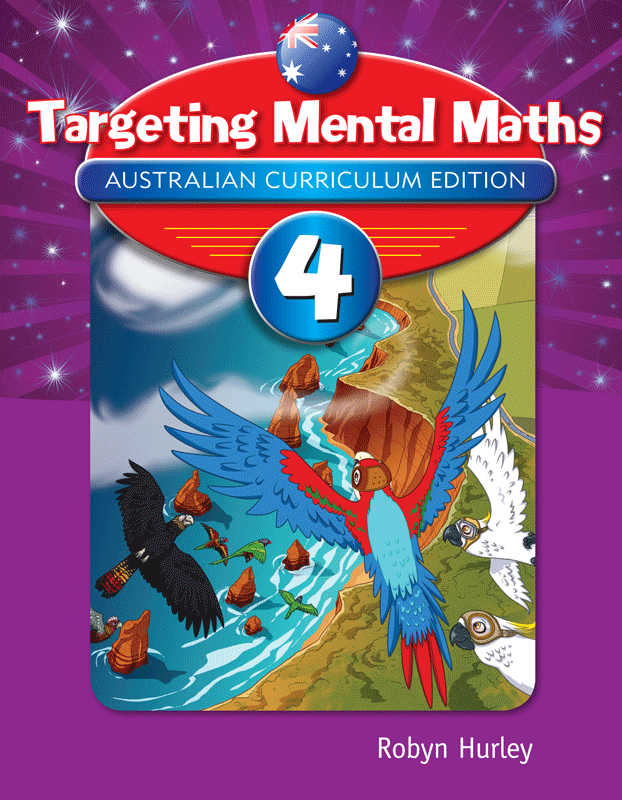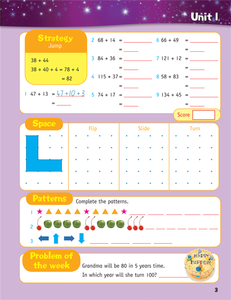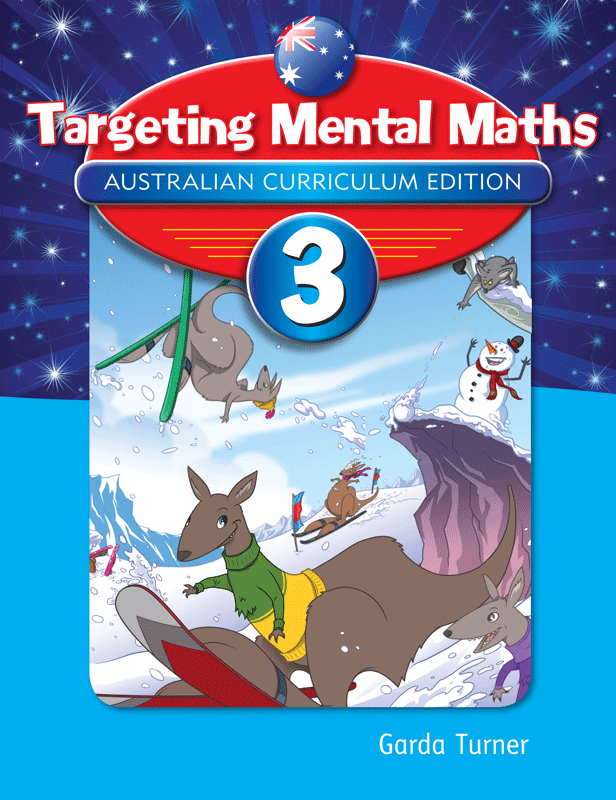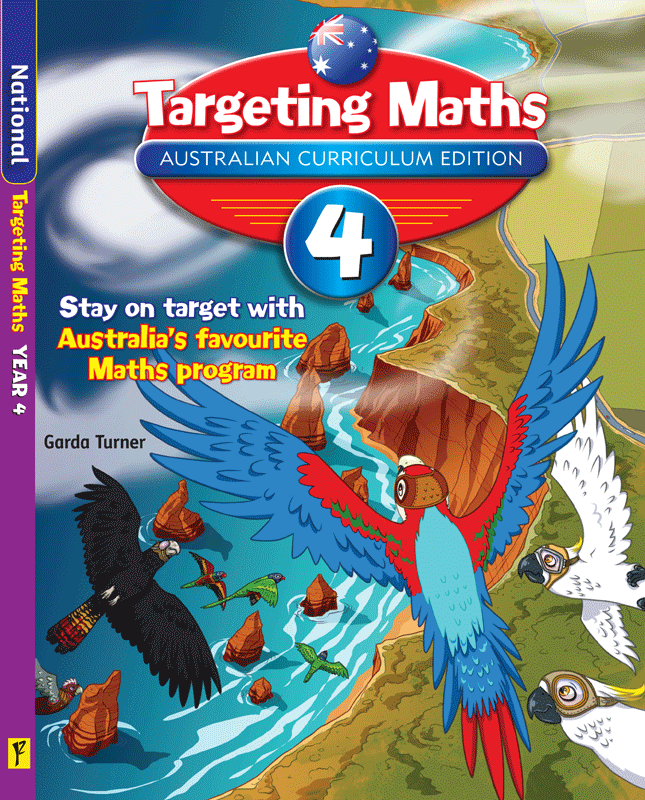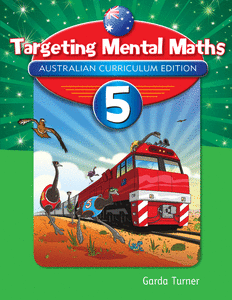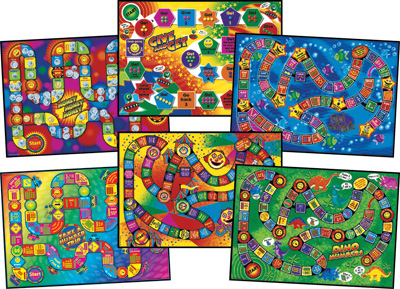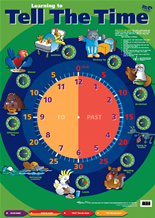Description
The development of a variety of mental strategies helps to make children confident mathematicians.
Students who can perform mathematical computations swiftly and accurately in their heads are seen as being good at maths. In general, poorer performing students use less efficient strategies and the development of mental computation through a strategy approach can help them move forwards. Research has shown that after instruction students seem more likely to use strategies that reflected number sense and that this was a long-term change. (Markovits and Sowder, 1994)
Units are divided into four terms of work and each term ends with a Revision Unit. There are 35 units in total.
A unit consists of two facing pages. The left-hand page has three groups of quick mental exercises that constantly practise the necessary maths facts. The right-hand page always starts with an explanation and practice of a mental strategy. This is followed by exercises that include work on space, measurement, position, number, data, chance etc. The page concludes with a problem of the week.
Answer pages are in the centre of the book so that the complete section can be easily pulled out and kept separate if the teacher so wishes


